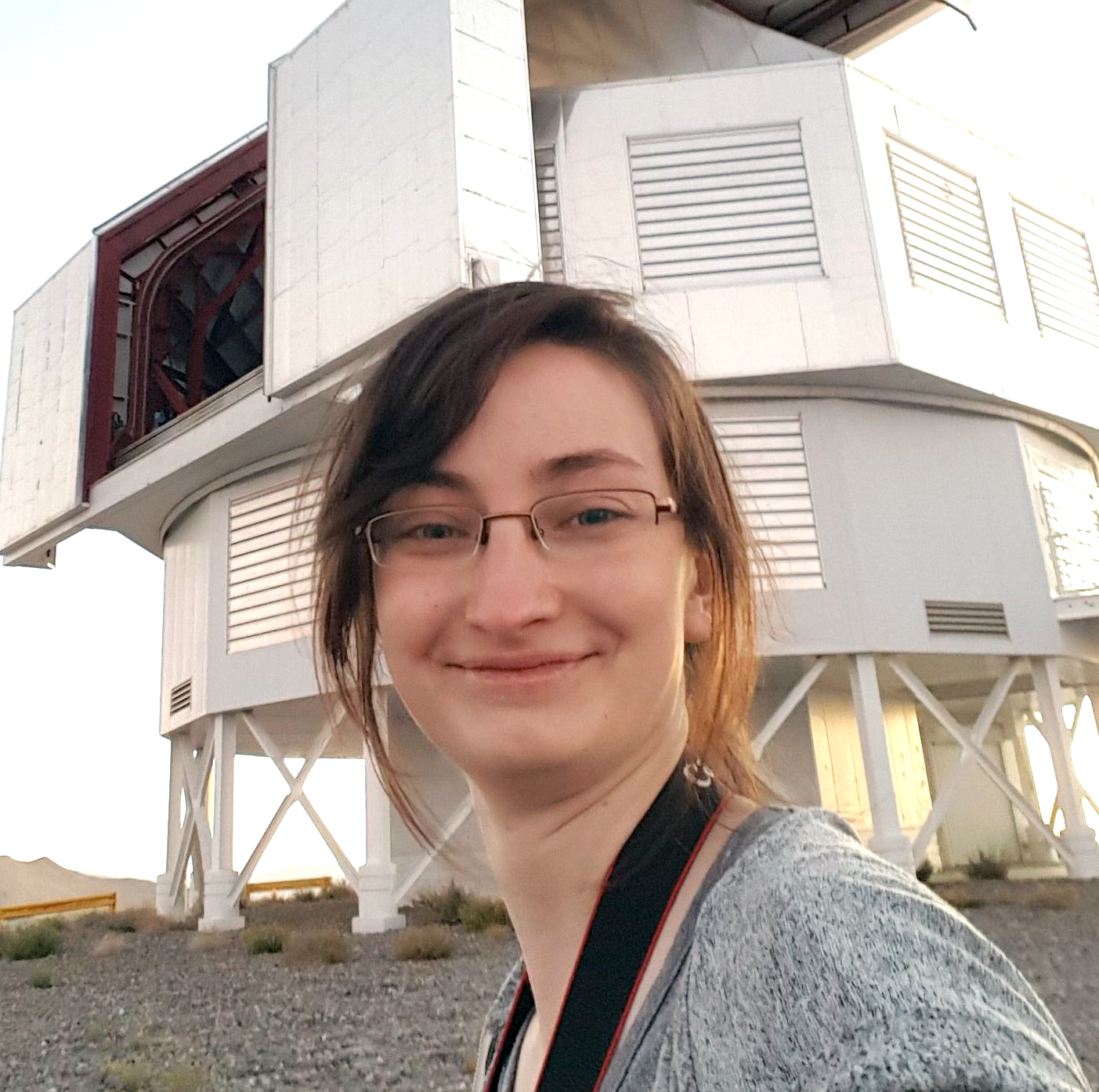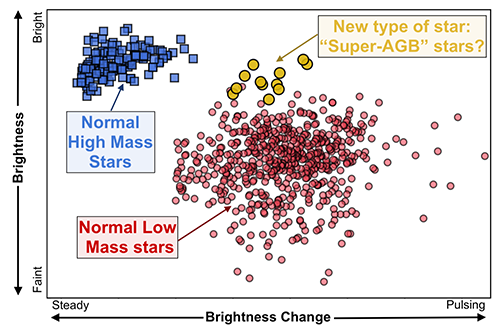A University of Toronto PhD student has led the discovery of a population of a rare type of star — research that can help us to better understand what types of stars explode, and could potentially expand our understanding of the contents of the Universe.

Anna O’Grady — an astronomy PhD student in the David A. Dunlap Department of Astronomy & Astrophysics and the Dunlap Institute for Astronomy & Astrophysics — specializes in the study of stars in nearby galaxies. After an extensive study of brightnesses and temperatures, she and her colleagues seem to have confirmed the existence of a new type of star called “super asymptotic giant branch stars,” or super AGB stars for short.
O’Grady says this new data is important to better understand how stars end their lives, sometimes in huge explosions. “We’re not really sure what the dividing line is between low-mass stars like the Sun (which don’t explode) to high-mass stars (that do explode),” O’Grady explains, “so finding a population of these super AGB stars, which sit at a mass on the dividing line, is really exciting.”
In October 2020, O’Grady’s research was published in a paper in The Astrophysical Journal. Professor Bryan Gaensler is an author on the paper, and is also one of O’Grady’s co-supervisors. He says her research is incredibly valuable.
“This was extremely careful and clever detective work on Anna’s part,” he notes. “She started by studying 1.5 million stars, and was able to identify 12 extremely unusual stars that are hard to explain. I’m excited
about what more we can learn about this strange population from additional data.”

O’Grady and her team are already heavily involved in the next steps of this research. They’re taking a deeper look at the possible super-AGB stars they’ve identified by studying their local environments, and they’re also looking into the elements that are present within their atmospheres.
Most interestingly, the potential outcomes of these next research steps could help us to answer some bigger astronomical questions. “If you can understand at what mass a star explodes,” O’Grady says, “you can also get closer to understanding the amount of heavy elements you expect to see in the Universe.”

